Third-party cookies and publishers: Responding to the changing dynamics
Authored by Pankaj Sharma - Country Head, MGID India
For years marketers have been delivering successful campaigns on the back of third-party cookies – track website visitors and collect data to target ads. These cookies were also used to create profiles of these visitors when they are not on the website. Then in 2020 Google announced that it would be phasing our third-party cookies completely from its browser by the end of 2022 and this was followed by similar announcements from other players [1]. Earlier this year, Google made another announcement that it will not be building alternate identifiers[2] to track individuals as they browse across the internet, nor will such identifiers be included in their products.
But now the big question that begs to be answered is how will these changes impact publishers? And what can they do to prepare themselves for the phase out of third-party cookies.
Impact of third-party cookie phase out
Third-party cookies have been the base for digital publishers to have targeted ads served on their websites for years. A large chunk of revenue for publishers came in through third-party cookies, and they stand to lose out on this income as third-party cookies are phased out. This change and decrease in revenue is expected primarily because advertisers would not be able to serve targeted ads on the publisher website which would lead to decreased CPMs. On the flip side it also opens up an opportunity for publishers to build their own first party data and for the AdTech providers to come up with more innovative solutions because as more and more browsers stop supporting third party cookies it will become very difficult to set up audience targeting, cross-site audience targeting, and one can expect a surge in non-personalised ads which will impact user experience.
As per a report by Digiday[3], nearly 58% of publishers are worried about the performance of their ads and 54% are tensed about the changes in their capabilities to target ads. Google also conducted a survey to understand the impact of phasing out third-party cookies on publisher revenue. The survey revealed that publishers stand to lose approximately 52% of their programmatic revenues[4] because of this move.
How can publishers survive the third-party cookie phase out?
While a cookie-less era would present several challenges for publishers and it would take time to come up with a long-term solution for this challenge, there are several steps that can be taken immediately to mitigate the impact on user experience and revenue.
The first step and an effective starting point for publishers can be to build first party data. Legacy publishers have already joined the bandwagon to take advantage of first party data and target audience, which goes to show the immense potential that this strategy holds.
Switching to header bidding technology can be the second suggested strategy that publishers can look at to make up for the loss of revenue they suffer. Header bidding has become an essential component of publishers’ ad monetisation strategies as it makes it possible for better inventory fill rates and higher revenues.
The third, and probably one of the most effective strategy for publishers in this volatile environment will probably be making use of contextual targeting.
Rise of contextual targeting in a cookie-less world
Contextual targeting is emerging as an appropriate solution in a cookie less world, primarily because of its ability to understand or analyse the content that a user is viewing or consuming and deliver ads accordingly. With this approach, publishers will be able to meet a lot of requirements of the new-age internet consumer such as content relevancy and data privacy.
Contextual targeting combines the advantage of content relevance with scale, precision and seamlessness which are the hallmarks of programmatic media. With real time updates, this approach is incredibly privacy compliant and easy to investigate.
In 2021, contextual targeting has got new and advanced applications with the introduction of machine learning. This has made it possible to take targeting beyond simple keywords, category and inclusion list targeting. Advanced contextual platforms can now input data from various sources and dynamically update the information in real time to have a better understanding of which content or website would be most relevant to place ads.
While contextual targeting has given better opportunities for advertisers, even publishers can benefit from this approach. According to a report by GumGum[5]:
- The recall for contextually relevant ads is 1.6 times higher than normal or contextually irrelevant ads
- Ads that have higher contextual relevance are 10% more engaging than the content of the article where the ads have been displayed
- Ads that were placed on contextually relevant pages saw higher purchase rates
What’s next?
The road ahead seems uncertain for publishers since the complete phase out of third-party cookies by players such as Google will be completed only by 2022. It is only then that the full extent of its impact will be felt. However, contextual targeting provides publishers with an opportunity to have a technologically advanced solution and system in place to not just cushion the blow but to eliminate any negative effects. Publishers can leverage context to extract the highest possible value out of their content to better compete against other players in the market.
With contextual targeting, publishers can focus on not just higher revenues but also on how to create relevant ad experiences for their users by leveraging both personalisation and content. This would be a holistic approach, which addresses all concerns from all parties, and truly addresses the need of the hour.
[1] https://www.adgully.com/no-more-third-party-cookies-what-s-in-store-for-the-digital-advertising-ecosystem-92111.html
[2] https://blog.google/products/ads-commerce/a-more-privacy-first-web/
[3] https://digiday.com/media/digiday-guide-everything-you-need-to-know-about-the-end-of-the-third-party-cookie/
[4] https://services.google.com/fh/files/misc/disabling_third-party_cookies_publisher_revenue.pdf
[5] https://insights.gumgum.com/hubfs/Neuroanalytic%20Study/Neuroanalytic%20Study%20of%20Contextual%20Ad%20Effectiveness.pdf
DISCLAIMER: The views expressed are solely of the author and Adgully.com does not necessarily subscribe to it.




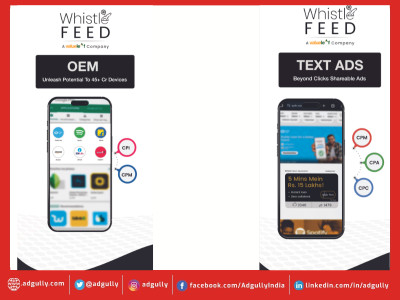



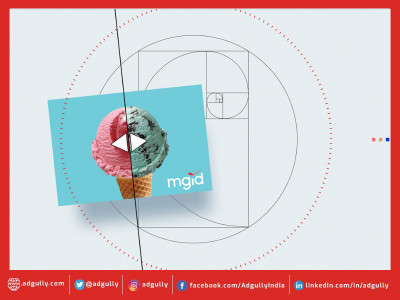
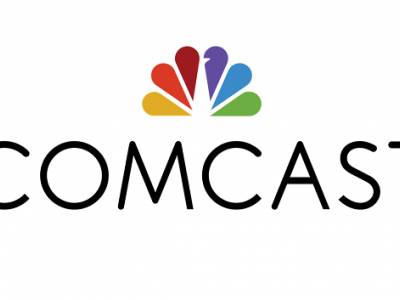
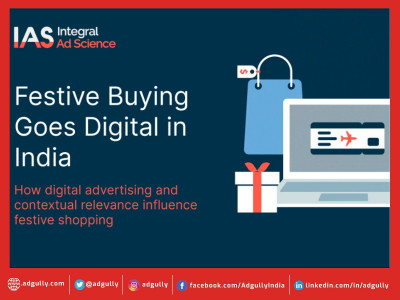

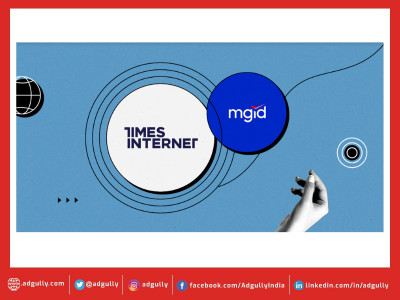

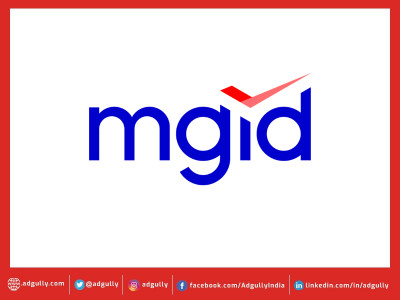

Share
Facebook
YouTube
Tweet
Twitter
LinkedIn